Home>Health & Lifestyle>Mindfulness & Relaxation Spaces>What Is An Oil Diffuser
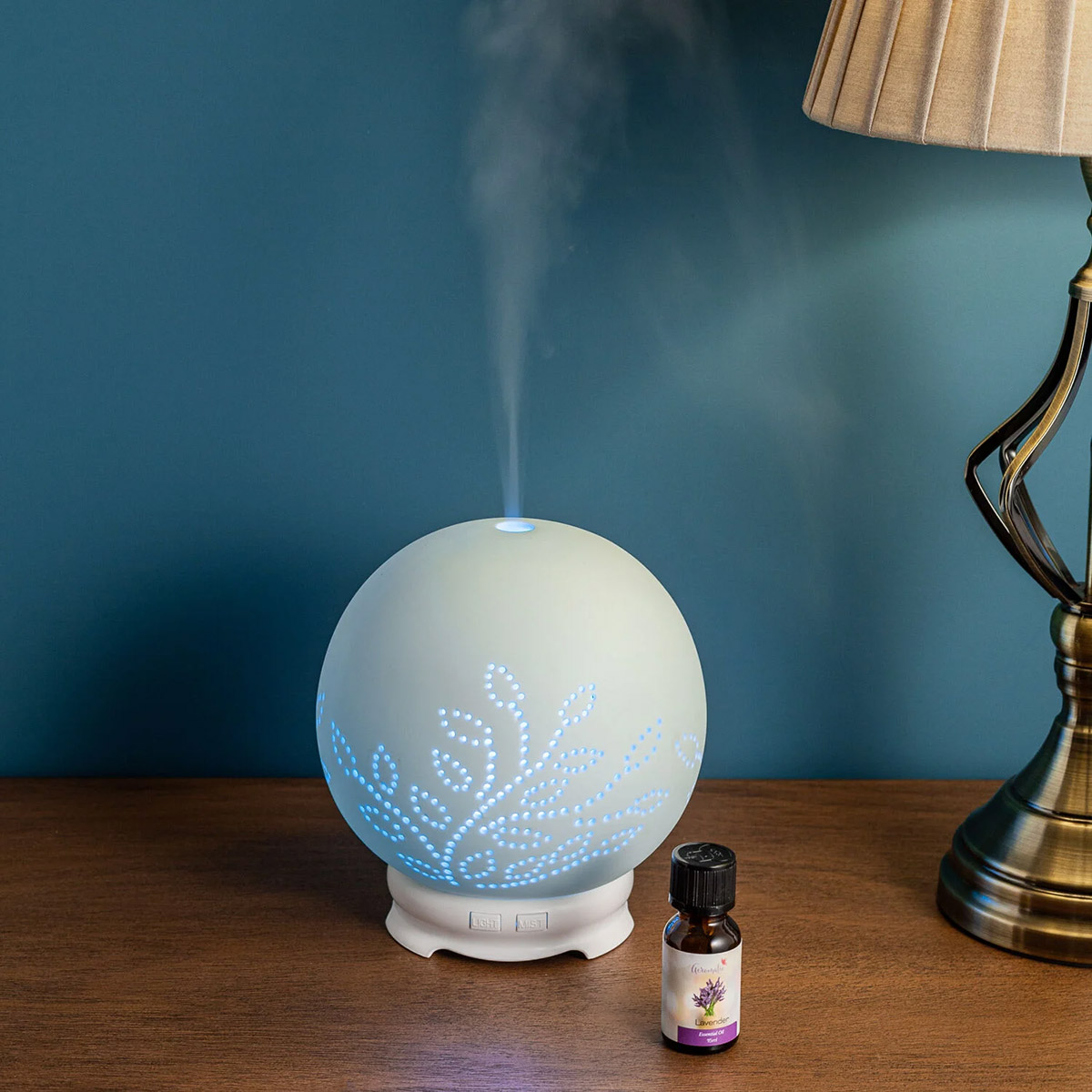

Mindfulness & Relaxation Spaces
What Is An Oil Diffuser
Published: December 25, 2023
Discover the benefits of using an oil diffuser to create mindfulness and relaxation spaces. Learn how essential oils can enhance your well-being.
(Many of the links in this article redirect to a specific reviewed product. Your purchase of these products through affiliate links helps to generate commission for Storables.com, at no extra cost. Learn more)
Introduction
In today's fast-paced world, finding moments of tranquility and relaxation is becoming increasingly important. Many individuals are turning to mindfulness practices and relaxation techniques to alleviate stress and promote overall well-being. One popular method that has gained significant attention is the use of essential oil diffusers. These devices offer a convenient and effective way to disperse the aromatic and therapeutic properties of essential oils into the air, creating a soothing and rejuvenating ambiance.
Essential oil diffusers are not only valued for their aromatic benefits but also for their potential to support emotional and physical wellness. Whether you are seeking to enhance your meditation practice, create a calming atmosphere in your home, or simply enjoy the therapeutic effects of essential oils, a diffuser can be a valuable addition to your mindfulness and relaxation routine.
In this comprehensive guide, we will delve into the world of oil diffusers, exploring how they work, the various types available, the benefits they offer, and the best practices for using them safely and effectively. By the end of this journey, you will have a deeper understanding of how oil diffusers can contribute to a more serene and balanced lifestyle. So, let's embark on this aromatic adventure and uncover the wonders of oil diffusers together.
Key Takeaways:
- Oil diffusers disperse essential oils into the air, promoting relaxation and well-being. They come in various types, each offering unique benefits, such as aromatherapy, air purification, and mood enhancement.
- Using an oil diffuser is simple and enjoyable, but safety precautions are important. Dilute oils, monitor diffusion time, use high-quality oils, keep the diffuser clean, and position it safely for a secure and nurturing experience.
Read more: What Oil To Use In A Diffuser
How Does an Oil Diffuser Work?
At its core, an oil diffuser is a device designed to disperse essential oils into the air, allowing their aromatic and therapeutic properties to be inhaled and absorbed. The fundamental principle behind the functioning of oil diffusers lies in the process of nebulization, evaporation, or heat dispersion, depending on the type of diffuser being used.
One of the most common mechanisms employed by oil diffusers is nebulization. Nebulizing diffusers utilize a pressurized stream of air to break down essential oils into tiny particles, creating a fine mist that is released into the surrounding environment. This method ensures that the integrity of the essential oils remains intact, as they are not diluted with water or altered by heat. As a result, the full spectrum of the oil’s therapeutic properties is preserved, offering a potent and pure aromatic experience.
Another prevalent type of oil diffuser is the ultrasonic diffuser, which operates by vibrating water and essential oils at ultrasonic frequencies, producing a fine mist of water and oil particles that are released into the air as a cool, fragrant vapor. This gentle diffusion process preserves the delicate compounds present in the essential oils, making it an ideal choice for individuals who seek a subtle and continuous dispersal of aromas throughout their space.
Heat diffusers, on the other hand, utilize heat to evaporate the essential oils, releasing their fragrance into the air. While these diffusers are effective in dispersing aromas, the application of heat may compromise the therapeutic properties of the oils to some extent. It is important to note that heat can alter the chemical composition of certain essential oils, potentially diminishing their beneficial qualities.
Regardless of the specific mechanism employed, the ultimate goal of an oil diffuser is to transform the concentrated essential oils into a breathable form, allowing individuals to experience their aromatic benefits and potential healing properties. By understanding the mechanics of oil diffusers, we can appreciate the art and science behind these devices, enhancing our ability to harness the power of essential oils for relaxation, rejuvenation, and overall well-being.
Types of Oil Diffusers
Oil diffusers come in various types, each offering unique features and methods of dispersing essential oils. Understanding the distinctions between these diffuser types can help individuals select the most suitable option for their specific needs and preferences.
- Nebulizing Diffusers: These diffusers operate by using pressurized air to atomize essential oils into fine particles, creating a pure and potent mist that is released into the air. Nebulizing diffusers do not require water or heat, making them an ideal choice for individuals who seek a strong and direct dispersion of essential oil aromas.
- Ultrasonic Diffusers: Ultrasonic diffusers utilize ultrasonic vibrations to disperse a mixture of water and essential oils into the air as a fine mist. These diffusers are known for their quiet operation and ability to maintain the integrity of the essential oils, making them a popular choice for those who prefer a gentle and continuous diffusion of aromas.
- Heat Diffusers: Heat diffusers, such as electric heat diffusers and candle diffusers, rely on heat to evaporate essential oils and release their fragrance into the air. While these diffusers are effective in dispersing aromas, the application of heat may compromise the therapeutic properties of the oils to some extent.
- Evaporative Diffusers: Evaporative diffusers utilize a fan or a similar mechanism to blow air through a pad or filter containing essential oils, causing the oils to evaporate and disperse into the surrounding space. These diffusers offer a simple and efficient way to enjoy the aromatic benefits of essential oils.
- Reed Diffusers: Unlike the aforementioned types, reed diffusers do not require electricity or heat. They consist of reed sticks placed in a bottle of essential oil, allowing the oils to travel up the reeds and release their fragrance into the air. Reed diffusers are prized for their simplicity and aesthetic appeal.
Each type of oil diffuser has its own set of advantages and considerations, and the choice of diffuser ultimately depends on individual preferences, desired aromatherapy effects, and the specific environment in which the diffuser will be used. By exploring the diverse range of oil diffusers available, individuals can find the perfect companion for creating a harmonious and aromatic atmosphere in their living spaces.
Benefits of Using an Oil Diffuser
Oil diffusers offer a multitude of benefits that extend beyond their delightful aromas, contributing to an enhanced sense of well-being and relaxation. By harnessing the therapeutic properties of essential oils, diffusers have the potential to positively impact both the mind and body, creating a harmonious environment conducive to mindfulness and rejuvenation.
- Aromatherapy: One of the primary benefits of using an oil diffuser is the practice of aromatherapy, which involves inhaling the natural scents of essential oils to promote relaxation, uplift mood, and alleviate stress. Different essential oils can evoke specific emotional responses, such as calmness, clarity, or invigoration, making aromatherapy a versatile tool for emotional support and balance.
- Air Purification: Many essential oils possess antimicrobial and antiviral properties, which can help cleanse and purify the air when diffused. Certain oils, such as tea tree and eucalyptus, are known for their ability to combat airborne pathogens, making oil diffusers a natural and aromatic alternative to chemical air fresheners.
- Sleep Enhancement: Certain essential oils, such as lavender and chamomile, are renowned for their calming and sedative effects. Diffusing these oils in the bedroom can create a soothing ambiance that promotes relaxation and supports a restful night’s sleep, making oil diffusers a valuable aid for individuals seeking improved sleep quality.
- Mood Elevation: The inhalation of uplifting essential oils, such as citrus oils and peppermint, can help elevate mood and boost mental clarity. Oil diffusers provide a convenient and continuous method of dispersing these invigorating scents, making them an excellent addition to workspaces and living areas.
- Stress Reduction: The gentle diffusion of calming essential oils, such as bergamot and ylang-ylang, can aid in reducing stress and promoting relaxation. Oil diffusers offer a holistic approach to stress management, allowing individuals to create tranquil environments that support emotional well-being.
By incorporating an oil diffuser into daily routines, individuals can experience the multifaceted advantages of aromatherapy and essential oil diffusion, enriching their surroundings with natural scents that nurture the body, mind, and spirit. Whether used for relaxation, rejuvenation, or creating a serene ambiance, oil diffusers have the potential to enhance the overall quality of life and contribute to a mindful and balanced lifestyle.
When using an oil diffuser, always follow the manufacturer’s instructions for adding essential oils and water. Using too much oil can be overpowering and may cause irritation.
How to Use an Oil Diffuser
Using an oil diffuser is a simple and enjoyable process that allows individuals to experience the aromatic and therapeutic benefits of essential oils in their living spaces. Whether you are new to oil diffusion or seeking to refine your diffusing techniques, the following steps will guide you through the effective and mindful use of an oil diffuser.
- Choose a Suitable Location: Select a stable and level surface for your oil diffuser, ensuring that it is within reach of a power outlet. Consider placing the diffuser in an area where you spend a significant amount of time, such as a living room, bedroom, or office space.
- Add Water: If your diffuser requires water, carefully fill the reservoir with clean, room-temperature water, ensuring that you do not exceed the maximum fill line indicated on the diffuser. The addition of water is essential for ultrasonic and evaporative diffusers, as it serves as a medium for dispersing the essential oils.
- Add Essential Oils: Select your desired essential oil or oil blend and add the recommended number of drops to the water in the diffuser. It is advisable to refer to the manufacturer’s instructions or the specific guidelines provided for your chosen essential oil. Be mindful not to exceed the recommended quantity of essential oil, as this can affect the diffusion process and the overall aroma concentration.
- Adjust Settings: If your diffuser features adjustable settings, such as mist intensity or timer options, customize the settings according to your preferences. Many diffusers offer the flexibility to control the duration and intensity of the diffusion, allowing you to tailor the aromatic experience to suit your needs.
- Power On the Diffuser: Plug in your diffuser and power it on according to the manufacturer’s instructions. Once activated, the diffuser will begin its operation, releasing a fine mist of water and essential oils into the air. Sit back, relax, and allow the soothing aromas to envelop your space.
By following these simple steps, you can effectively and mindfully use an oil diffuser to create a serene and aromatic atmosphere in your home or workspace. Embracing the art of oil diffusion not only enhances the ambiance of your surroundings but also offers a delightful and therapeutic experience that supports relaxation and mindfulness.
Read more: What Is An Essential Oil Diffuser Used For
Safety Precautions When Using an Oil Diffuser
While oil diffusers offer numerous benefits, it is important to observe safety precautions to ensure their proper and responsible use. By adhering to these guidelines, individuals can enjoy the aromatic and therapeutic effects of essential oils while maintaining a safe and harmonious environment in their living spaces.
- Dilute Essential Oils: When using essential oils in a diffuser, it is crucial to dilute them appropriately, especially if you are diffusing oils in a space occupied by children, pets, or individuals with sensitivities. Diluting essential oils with water helps mitigate the risk of adverse reactions and ensures a gentle and balanced diffusion of aromas.
- Monitor Diffusion Time: Avoid prolonged or continuous diffusion of essential oils in a confined space. It is advisable to allow for intervals of fresh air circulation to prevent overexposure to the aromatic compounds. Additionally, be mindful of the recommended diffusion times provided for specific essential oils, as excessive inhalation of certain oils may lead to discomfort or sensitization.
- Use High-Quality Essential Oils: Select pure, high-quality essential oils from reputable sources to ensure their authenticity and safety for diffusion. Lower-quality or adulterated oils may contain synthetic additives or impurities that can compromise air quality and potentially cause respiratory irritation when diffused.
- Keep the Diffuser Clean: Regularly clean and maintain your oil diffuser according to the manufacturer’s instructions. Residual oils and water in the diffuser can become a breeding ground for bacteria and mold if not properly addressed. Thoroughly cleaning the diffuser after each use helps uphold a hygienic and efficient diffusion process.
- Position the Diffuser Safely: Place the oil diffuser on a stable and level surface to prevent accidental spills or tip-overs. Ensure that the diffuser is positioned away from the edges of countertops or tables, especially if it is accessible to children or pets. Additionally, avoid obstructing the diffuser’s vent or air outlet to maintain proper airflow and operation.
By integrating these safety precautions into your oil diffusing practices, you can cultivate a secure and nurturing environment while enjoying the therapeutic benefits of essential oils. Embracing mindfulness and relaxation with essential oil diffusion becomes even more rewarding when coupled with a commitment to safety and well-being.
Conclusion
As we conclude our exploration of oil diffusers, it becomes evident that these devices offer a gateway to a world of aromatic bliss, relaxation, and holistic well-being. By harnessing the natural and therapeutic properties of essential oils, oil diffusers have the power to transform living spaces into havens of tranquility, supporting mindfulness and rejuvenation in our daily lives.
From the gentle mist of a nebulizing diffuser to the soothing vibrations of an ultrasonic diffuser, each type of oil diffuser presents a unique way to experience the scents of nature in the comfort of our homes. The benefits of using an oil diffuser extend beyond the realm of aromatherapy, encompassing air purification, mood enhancement, and stress reduction, among other valuable contributions to our overall wellness.
Mastering the art of using an oil diffuser involves not only understanding the mechanics of diffusion but also embracing safety precautions and best practices to ensure a harmonious and mindful experience. By selecting high-quality essential oils, diluting them appropriately, and maintaining the cleanliness of the diffuser, individuals can create an environment that nurtures both the senses and the spirit.
As we immerse ourselves in the aromatic symphony created by oil diffusers, we embark on a journey of self-care and relaxation, where the transformative scents of essential oils become companions in our quest for balance and serenity. Whether it is the gentle whisper of lavender promoting restful sleep or the invigorating notes of citrus inspiring clarity, oil diffusers have the potential to elevate our daily rituals and elevate our well-being.
In embracing the art of oil diffusion, we invite the essence of nature into our homes, infusing our surroundings with the healing and uplifting qualities of essential oils. With each breath, we inhale the wisdom of ancient botanicals, allowing their aromatic embrace to guide us toward moments of peace, clarity, and rejuvenation.
May the journey through the world of oil diffusers continue to inspire us to seek moments of mindfulness and relaxation, enveloped in the transformative scents that elevate our spirits and nurture our well-being.
Frequently Asked Questions about What Is An Oil Diffuser
Was this page helpful?
At Storables.com, we guarantee accurate and reliable information. Our content, validated by Expert Board Contributors, is crafted following stringent Editorial Policies. We're committed to providing you with well-researched, expert-backed insights for all your informational needs.
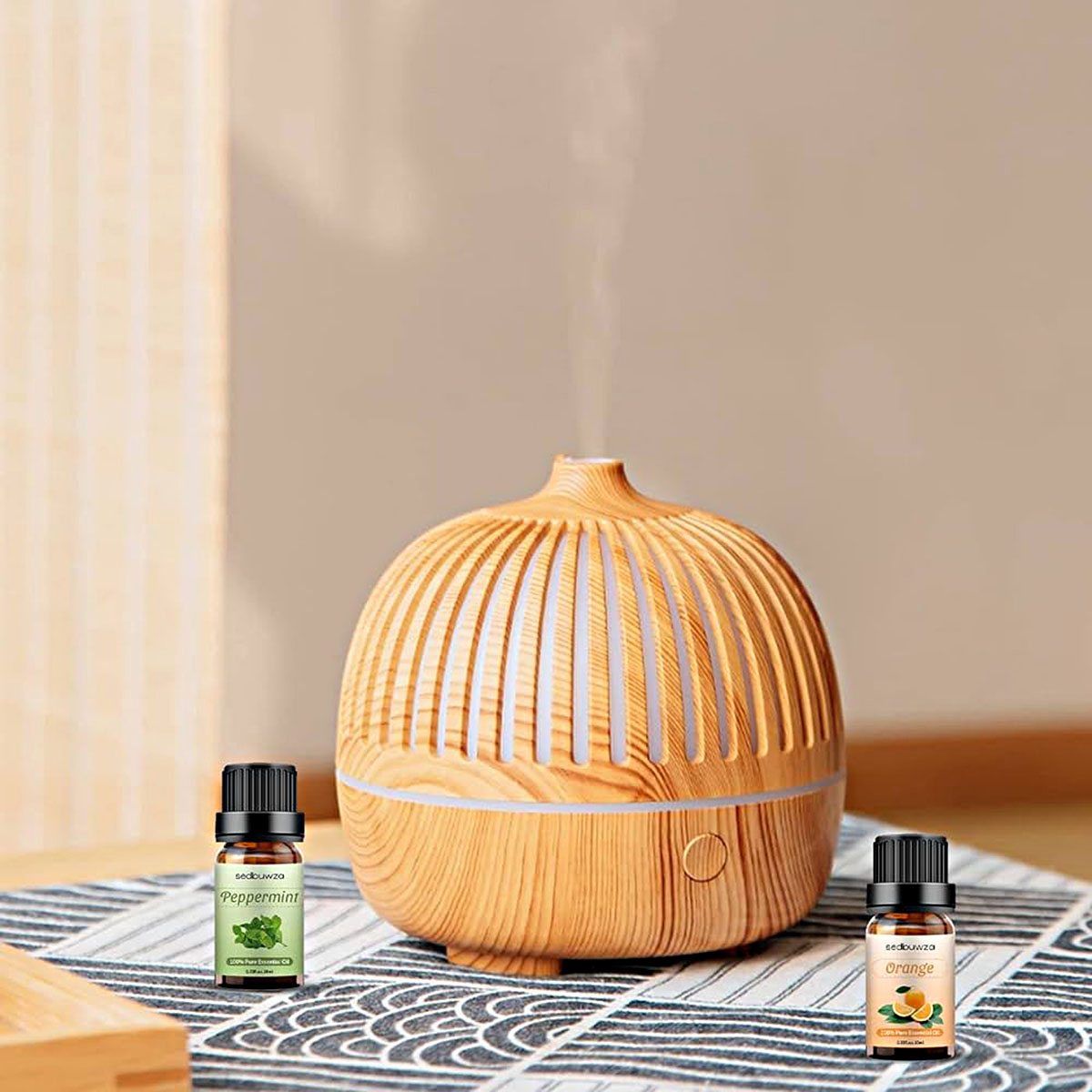
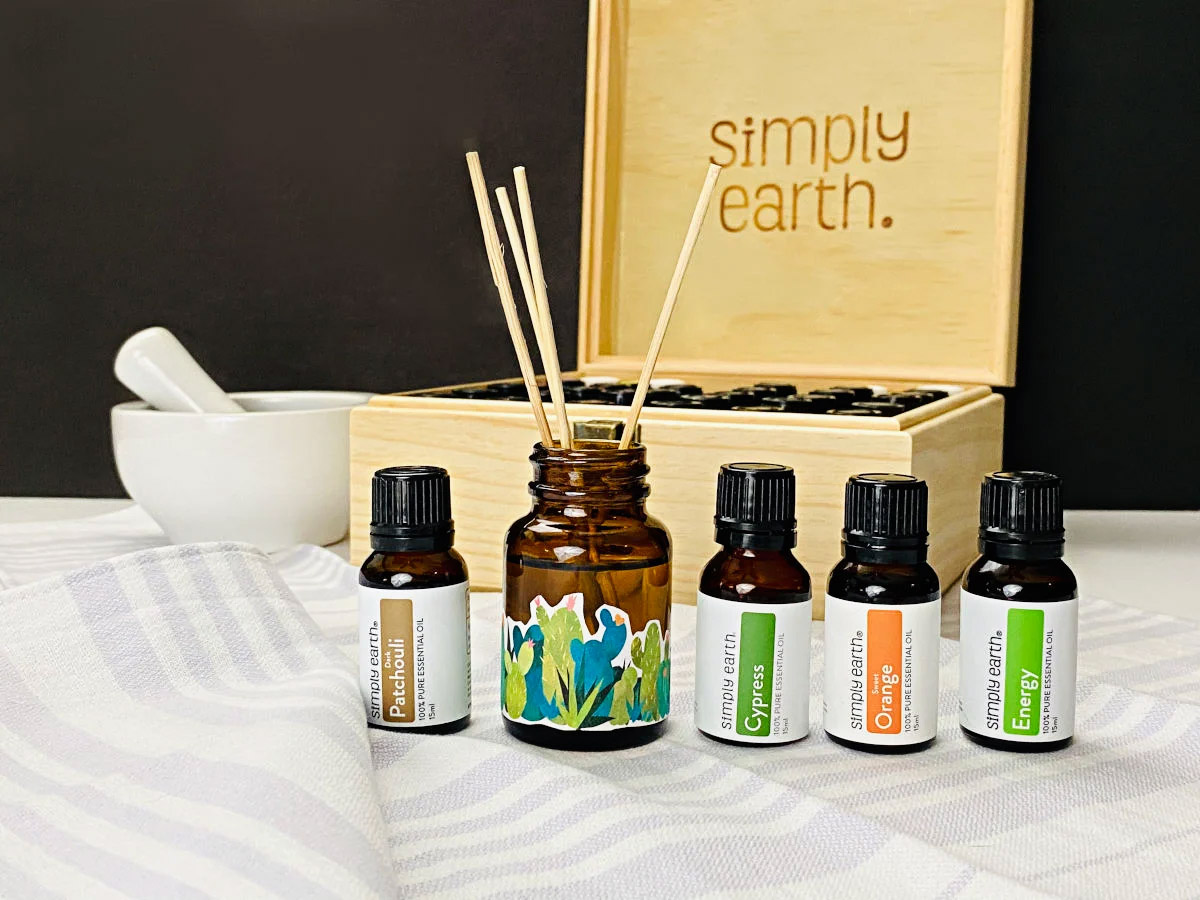
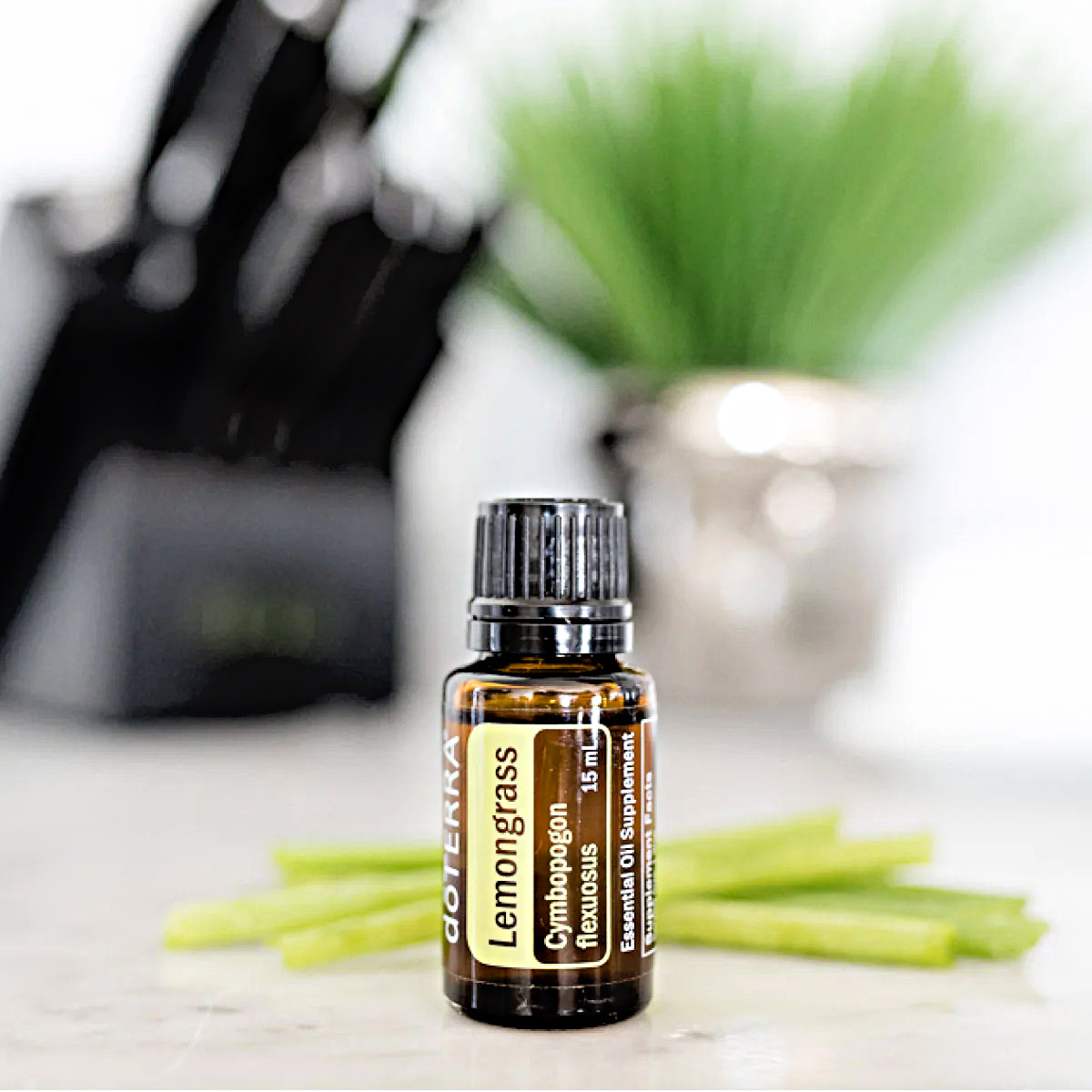
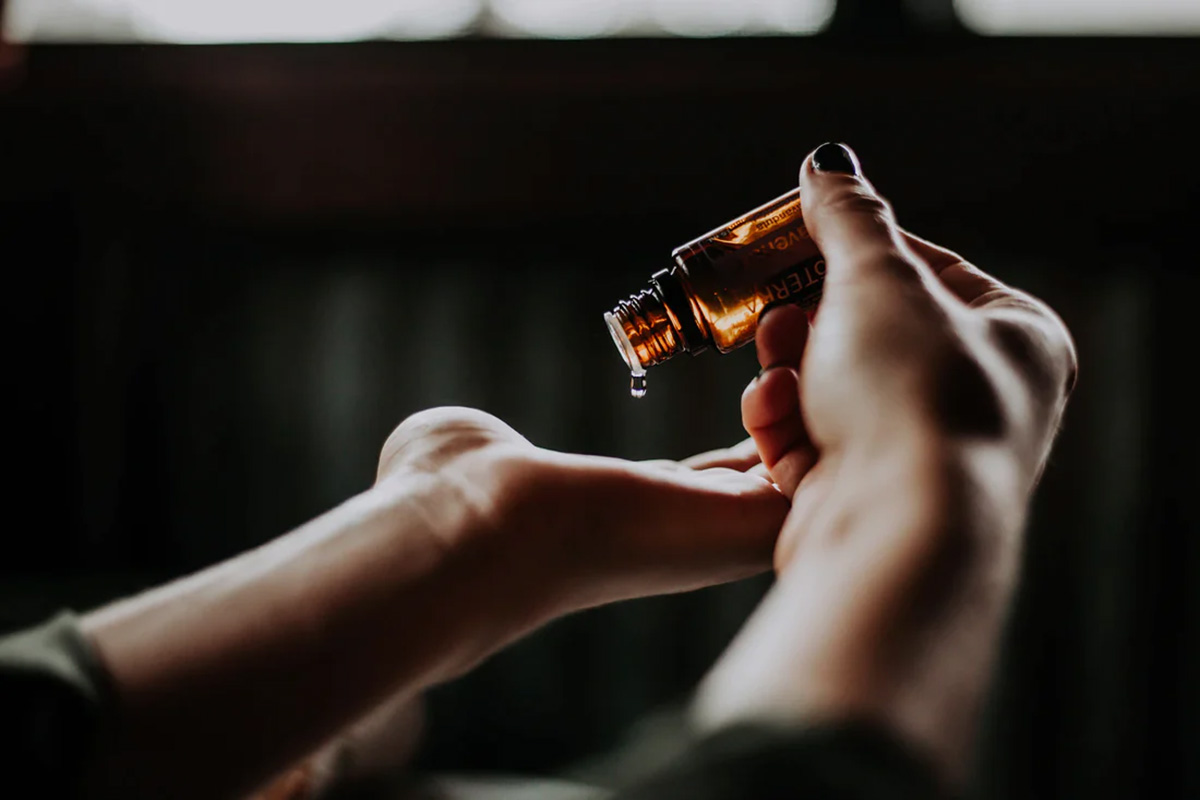
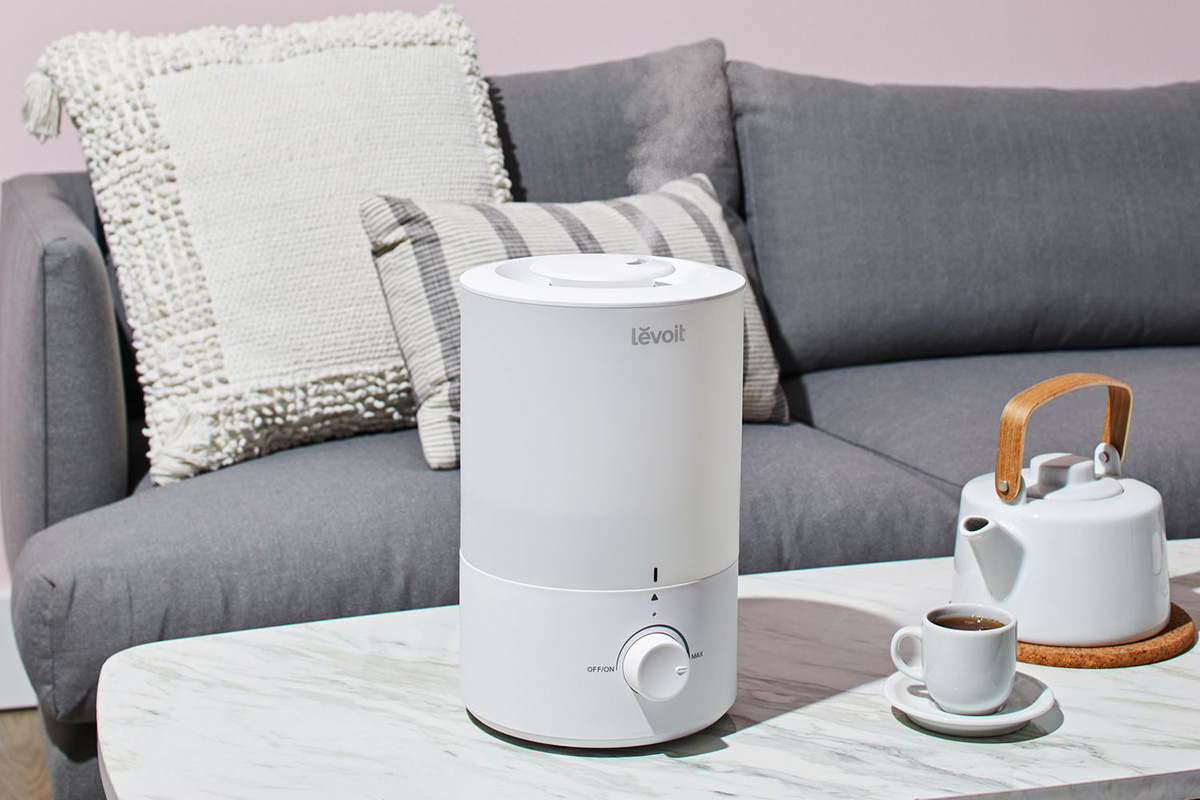
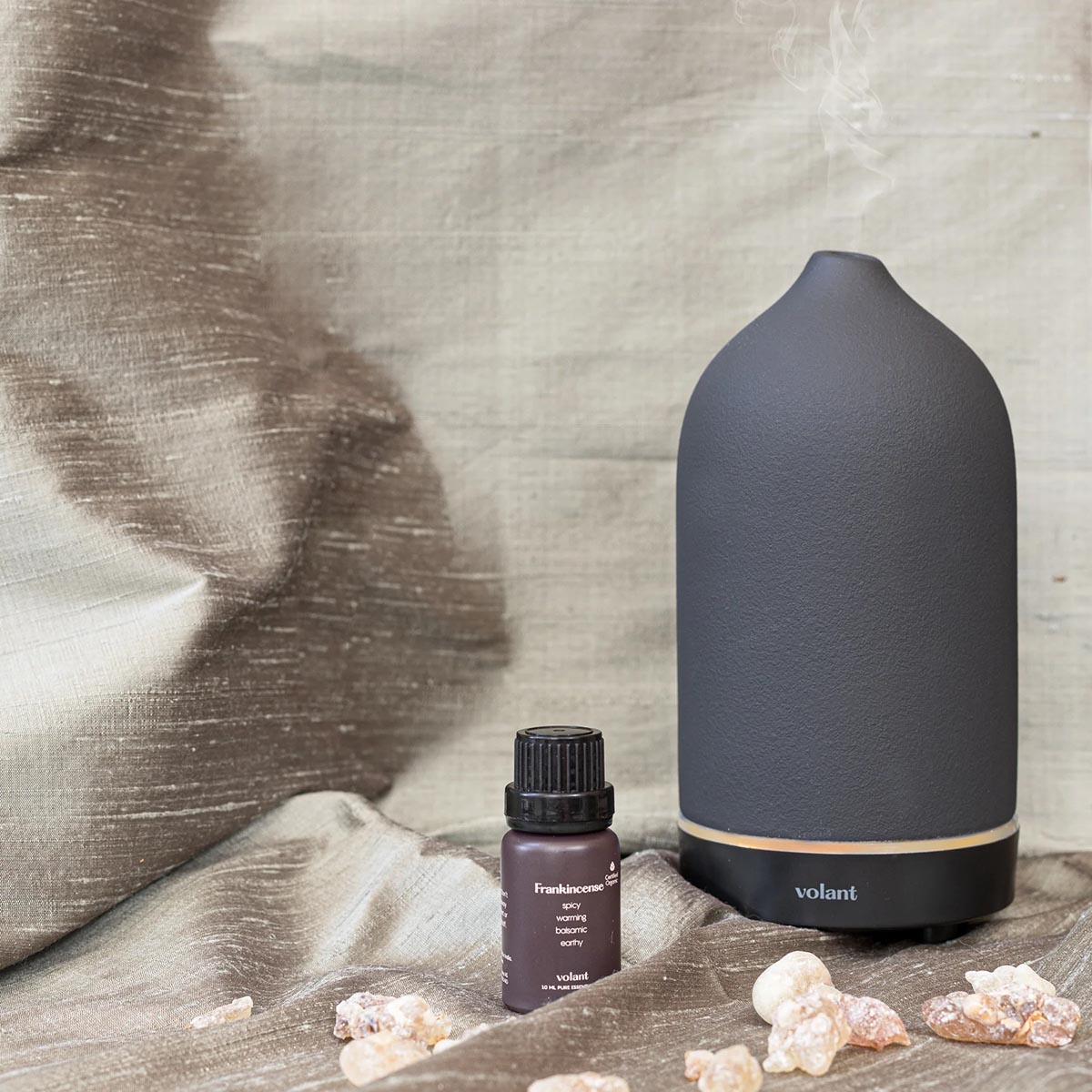
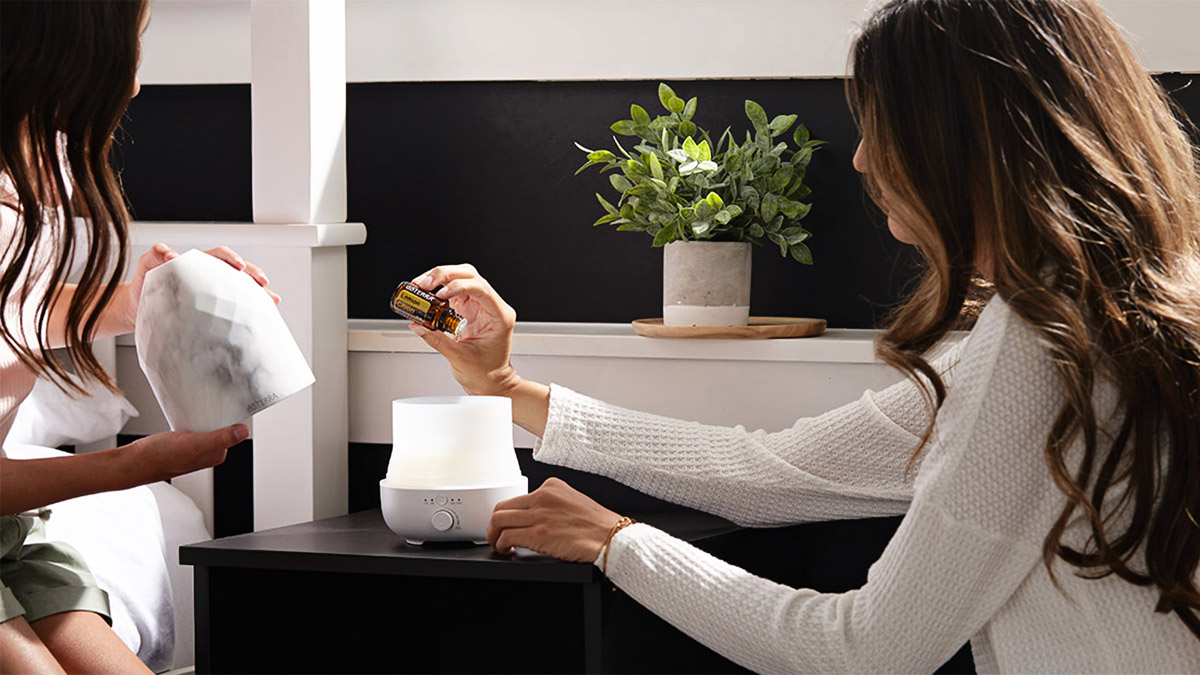
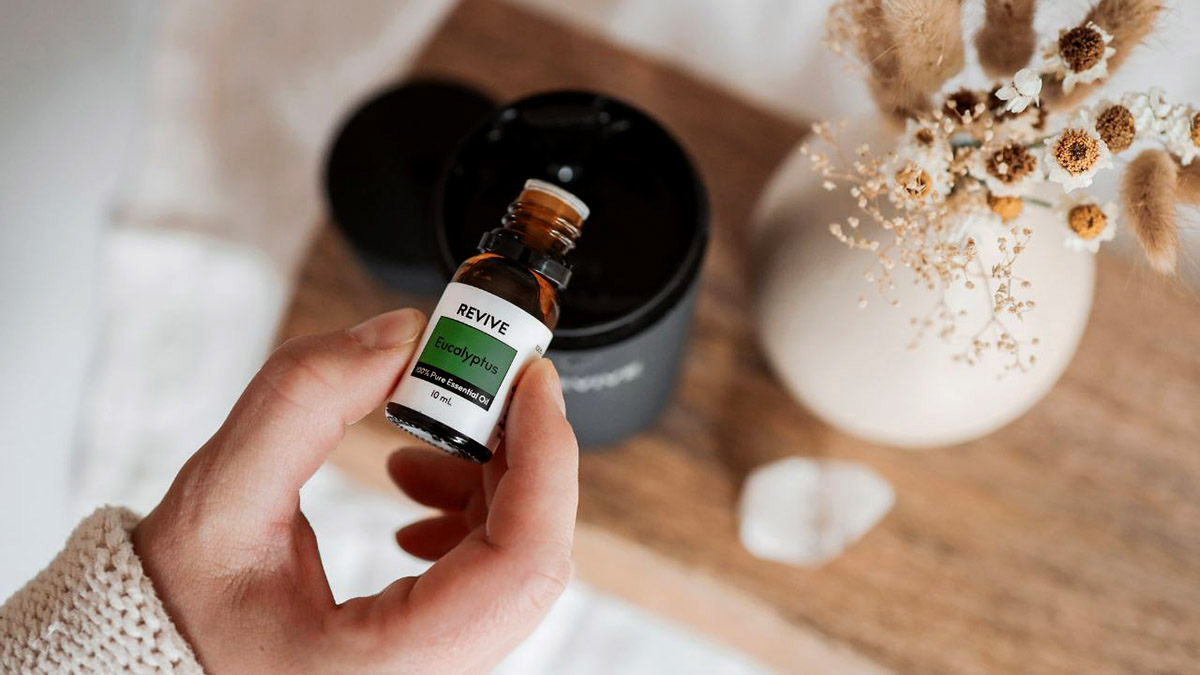
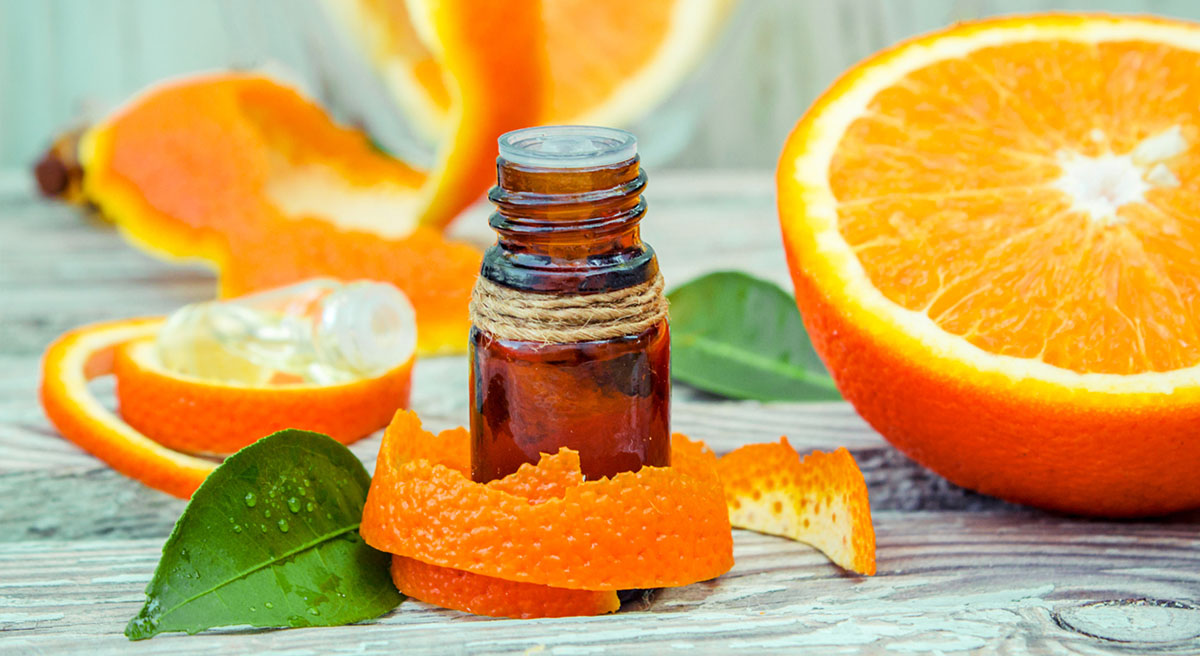
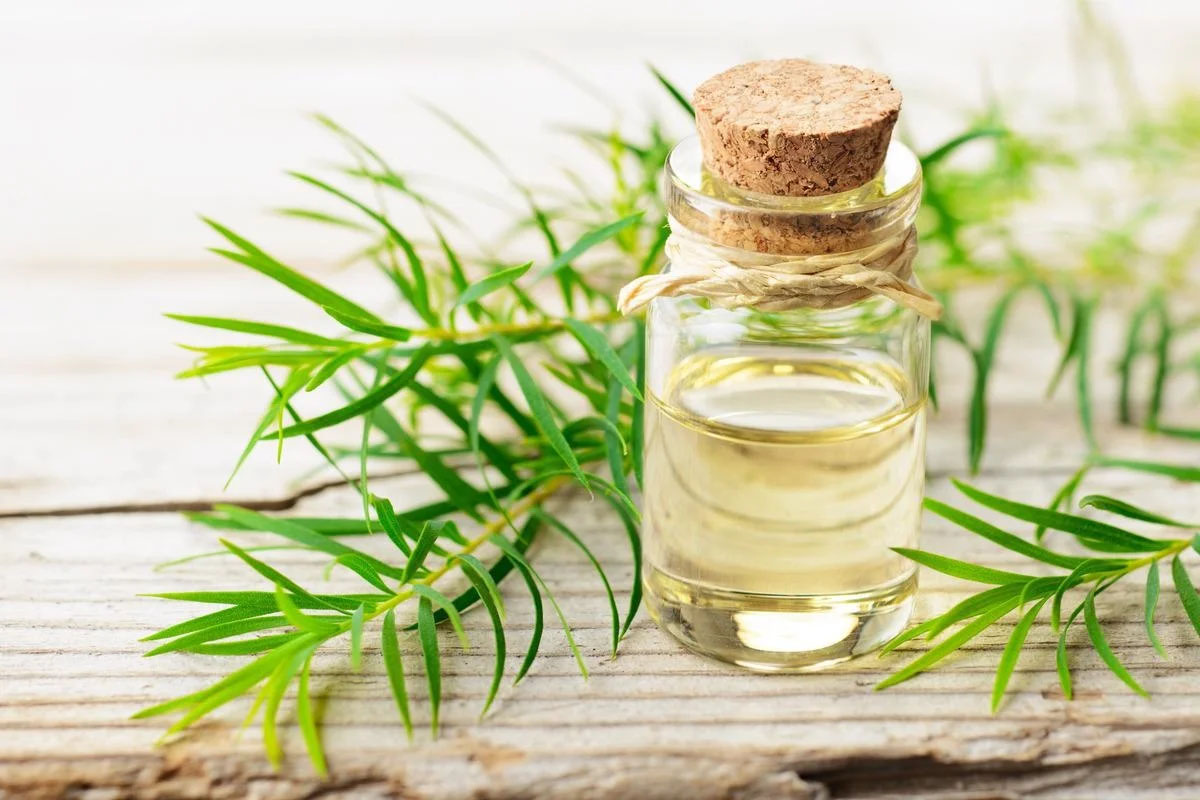
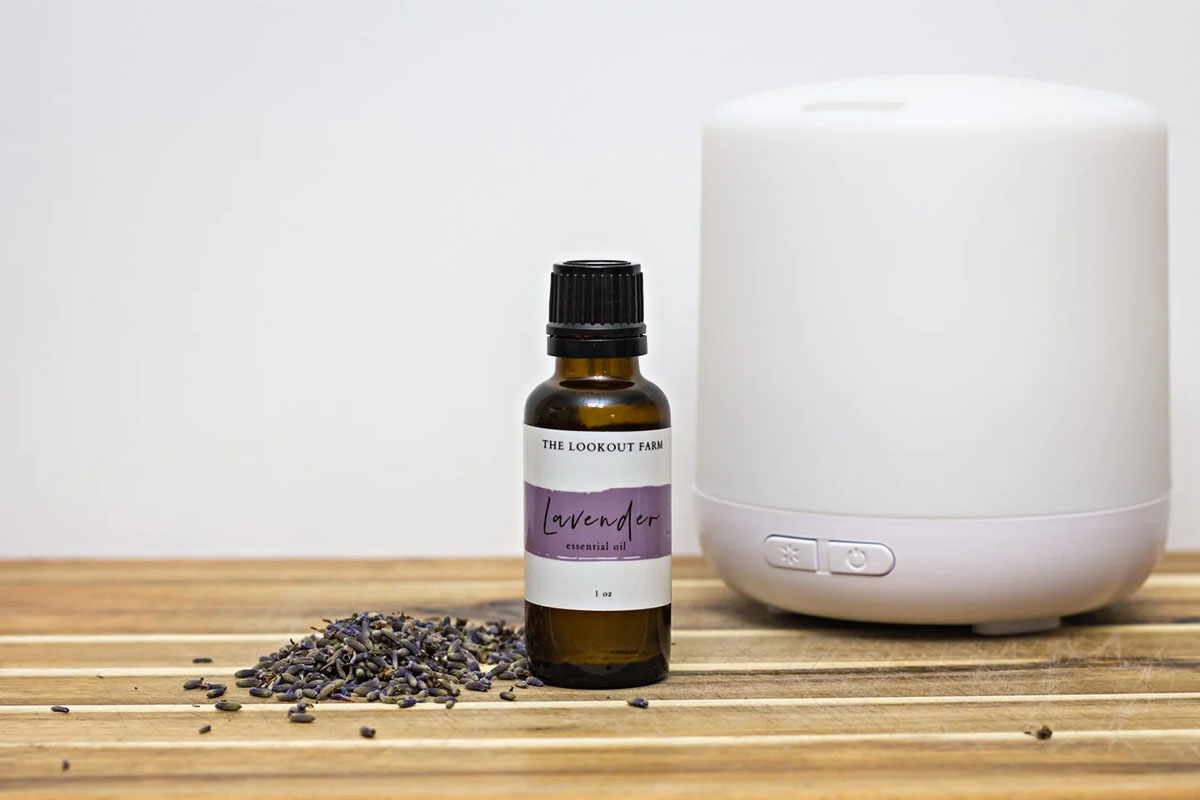

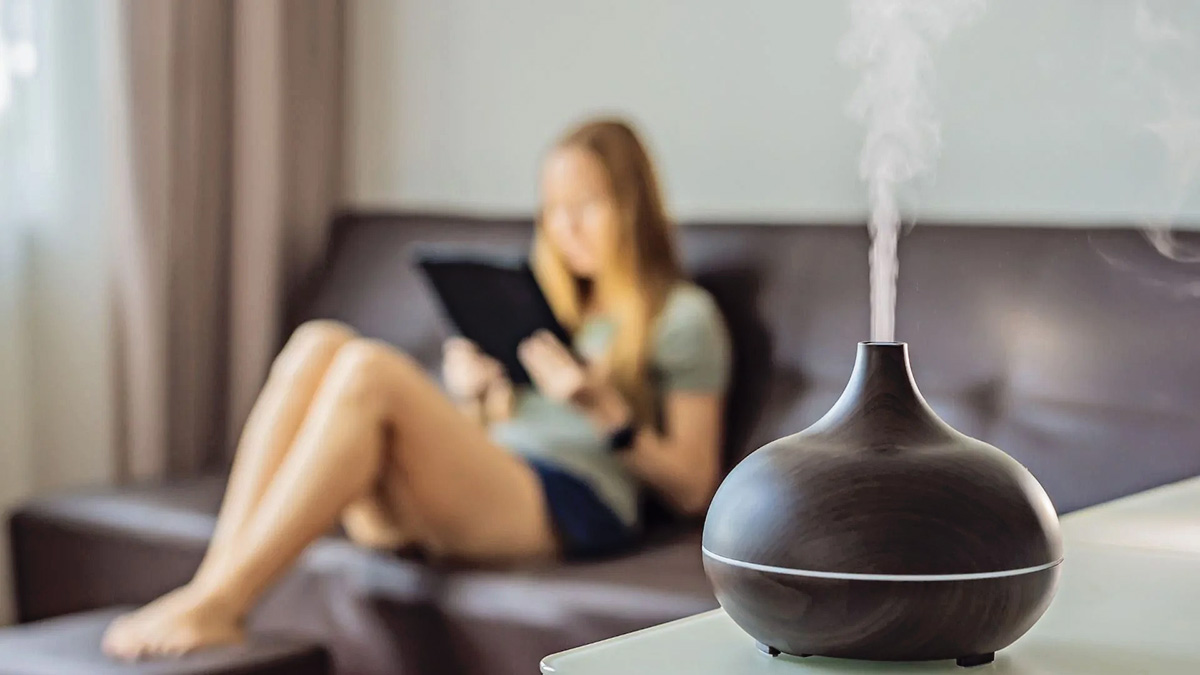
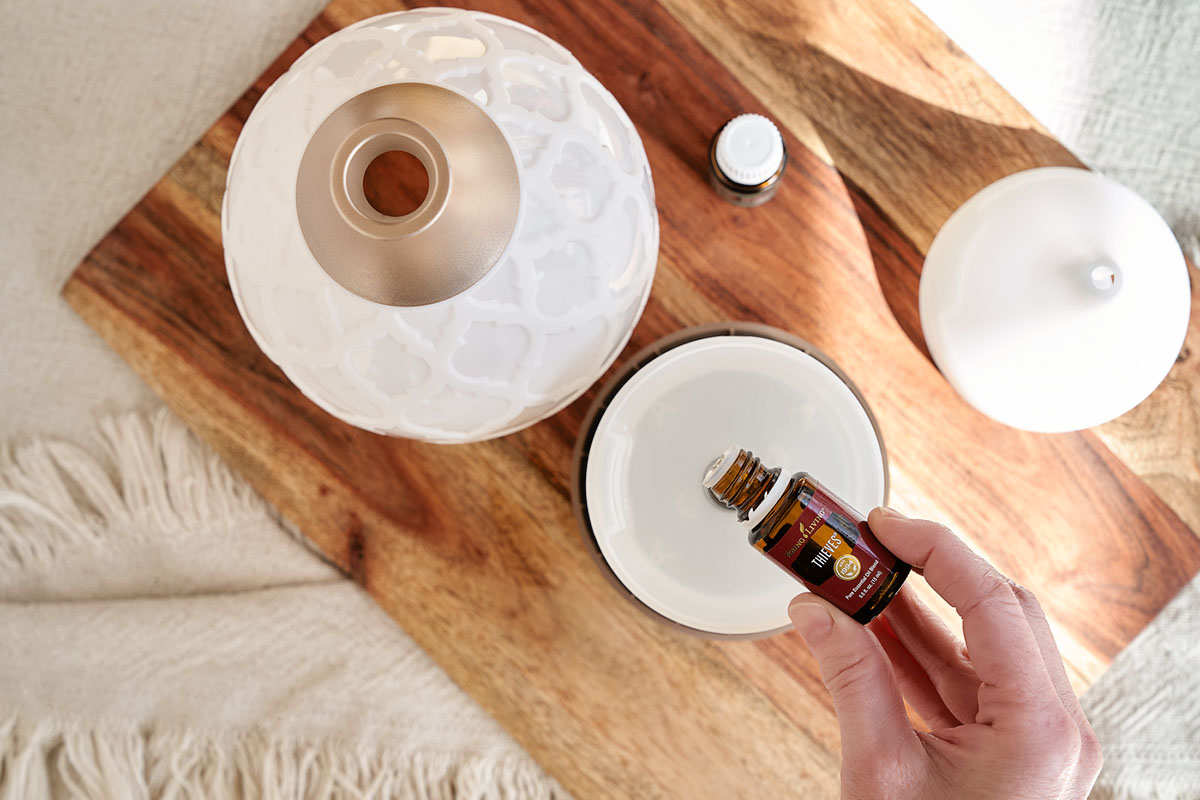

0 thoughts on “What Is An Oil Diffuser”